#new zealand insect
Text
#1982 - Nimbopsocus australis - New Zealand Barklouse
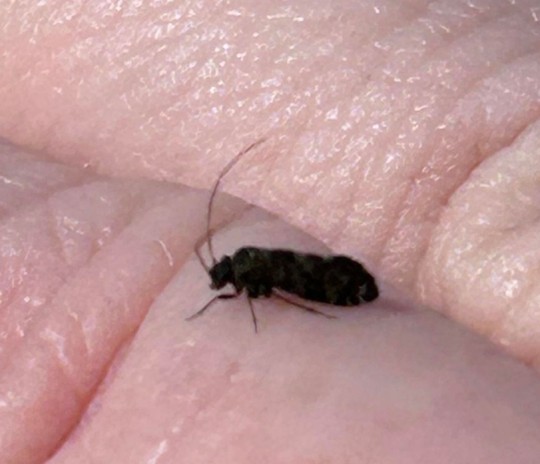
Photo by @purrdence, in Te Whanganui-a-Tara (the Great Harbour of Tara), which is also known as Wellington, the capital city of New Zealand. Wellington is the southernmost capital city in the world, as well as the windiest, so having such a fantastic harbour was probably very fortunate.
AKA Psocus australis, Myopsocus australis, Myopsocus novaezealandiae, and Psocus zelandicus
Most psocids, like the Booklouse, live in damp environments, but the larger and often intricately marked barklice may be found living in groups on treetrunks and branches, grazing on lichen, fungi, pollen and algae. They have a soft body, long thin antennae, broad heads, biting jaws and bulbous eyes. Large species may be 1cm in length. Some species live in organized communities beneath a fine net spun from glands in their mouths.
Nimbopsocus australis also occurs in Australia, Lord Howe Island, Norfolk Island, the Kermadec Islands and the Solomons. They are large for psocids - around 6.0mm head to wingtip. Males are much smaller and darker than the females, who have a coarsely mottled wing pattern with a greater proportion of pale areas.
8 notes
·
View notes
Text
The Giant Wood Moth: these rat-sized moths have a wingspan of up to 23cm (about 10 inches) and can weigh as much as 30 grams, making them the heaviest moths in the world

This species (Endoxyla cinereus) is found only in Australia and New Zealand. It has a larval stage that can last 2-3 years, and the larvae spend most of that time eating and tunneling into the wood of eucalyptus trees. Once they are finally ready to pupate, they transform their tunnel into a pupation chamber, and they eventually emerge from the chamber as adult moths.

Above: the enormous pupa of a giant wood moth
The adult moths can only survive for a few days after that; like many other lepidopterans, the adults of this species are incapable of feeding, because they do not have any functional mouthparts, so their lifespan is extremely brief. They spend their entire adult lives (which last only a matter of days) searching for a mate and reproducing. In order to accomplish that goal, they must rely on the energy afforded by the fat reserves that they accumulated when they were larvae.

Above: the adult moths
Giant wood moths display a significant degree of sexual dimorphism, as the females are roughly twice the size of the males; they can weigh up to 30 grams, which makes this the heaviest moth species in the world.
In fact, the females are so heavy that they can barely even fly. In order to find a mate, they must crawl to the top of a tree trunk or fence post, release their pheromones, and then simply wait for the males to find them.
Sources & More Info:
Australian Museum: The Giant Wood Moth
Austral Ecology: Life History, Ecology and Ethnoentomology of the Giant Wood Moth
Australian Geographic: Giant Wood Moth
Moth Identification Guide: Endoxyla cinereus
The Guardian: Giant Wood Moth: 'very heavy’ insect rarely seen by humans spotted at Australian school
#lepidoptera#entomology#moths#giant wood moth#endoxyla cinereus#arthropods#insects#bugs#australia#new zealand#animal facts#cool animals#it's like a kitten with wings
311 notes
·
View notes
Text


Giant Wētā
#www.dubdot.com#weta#wētā#aotearoa#nz#new zealand#insect#insects#bug#bugs#arthropods#entomology#these guys are so creepy#giant weta#cave weta#tree weta
274 notes
·
View notes
Text
#good news#nature#science#environmentalism#animals#environment#conservation#bugs#insects#new zealand
1K notes
·
View notes
Text

Little Barrier Giant Weta aka Wetapunga (Deinacrida heteracantha), family Anostostomatidae, Tiritiri Matangi Island, New Zealand
photograph by Dinobass
341 notes
·
View notes
Note
are you a moth enjoyer?
YES. very much so I love those freaky beasts
as a kiwi I'm biased but one of my favourites has to be the pūriri moth!! they're endemic to Te Ika-a-Māui, Aotearoa, and they're gorgeous and the greenest things ever



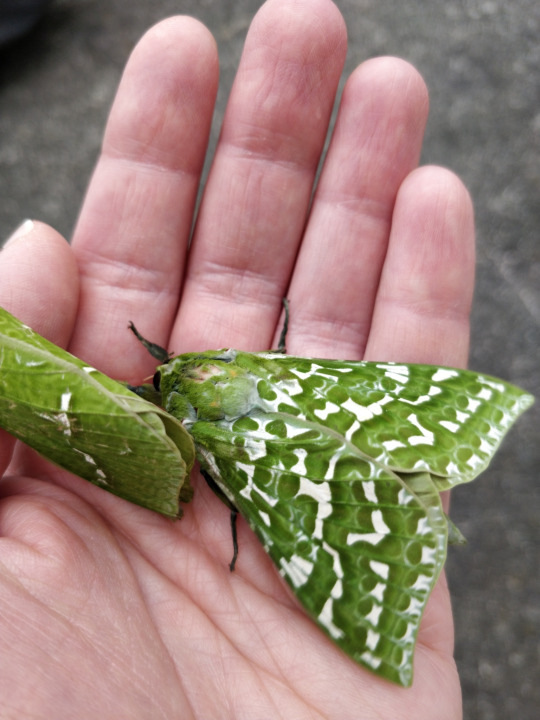
the larvae live for roughly 6 years before metamorphosing, and spend most of their time burrowing in trees such as the pūriri tree. I got to see a mature pūriri tree when I visited the bird sanctuary island tiritiri matangi in december and it had so many pockmarks from pūriri moth grubs!! super cool to see [: love these beasts
168 notes
·
View notes
Text
Uncharismatic Fact of the Day
Aptly named, the New Zealand giraffe weevil is the longest beetle in Aotearoa. Males can reach a length of 90 mm (3.5 in), half of which is their elongated snout. These extraordinary appendages are used to battle for access to females, which have much shorter snouts.
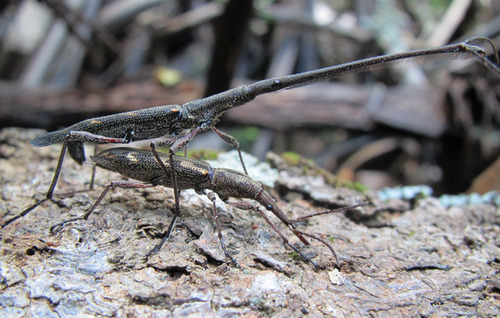
(Image: A mating male (top) and female (bottom) New Zealand giraffe weevil () by Christina Painting)
If you like what I do, consider leaving a tip or buying me a ko-fi!
#new zealand giraffe weevil#Coleoptera#Brentidae#straight snouted weevils#weevils#beetles#insects#arthropods#uncharismatic facts
249 notes
·
View notes
Text
A fascinating article about New Zealand’s amber fossil record, now thought to be the longest continuous one in the world.
Unfortunately, it is not suitable for dinosaur cloning purposes.
#new zealand#aotearoa#entomology#insects#amber#geology#palaeontology#paleontology#(for the Americans)#new zealand geographic
20 notes
·
View notes
Photo



north and south island lichen moths of aotearoa. wood pins available now, link in pinned!
331 notes
·
View notes
Text
#1983 - Triplectides sp - Stick Caddisfly

The last NZ species I’ll be covering until the end of the year when I go over there myself and find more.
photo by @purrdence
Apart from 3 Baltic Amber fossils, the genus is found in Asia from India to Japan; in Indonesia, Papua-New Guinea, all of Australia; on South Pacific Islands including New Hebrides, New Caledonia, and obviously New Zealand; and in South and Central America. Aoteoroa has 5 species, but I don’t know which this one is.
The many species of Triplectides breed in most kinds of watercourse, including cold and warm, unpolluted to moderately polluted, permanent and temporary lakes, ponds, rivers and creeks. The genus is ubiquitous in Australian waterways, including temporary habitats in the central deserts, and is often the most common caddisfly genus encountered in benthic surveys.
The larvae construct mobile cases usually out of plant matter, but occasionally stones or the cases of other caddisflies. The plant cases can be a hollowed length of stick, or a tubular collection of plant fragments. Their hind legs have dark bands between the leg joints.
These Caddis are shredders, chewing up plant matter.
#trichoptera#caddisfly#caddis#triplectides#new zealand insect#leptoceridae#longhorned caddisfly#aquatic insect
6 notes
·
View notes
Text

Chalcid Wasp (genus Pseudoceraphron), wingless female, Kaeo, New Zealand
I couldn't find much info on the wasps in this genus, but they tend to be very tiny. Many of the species in this family (Chalcidae) are parasitoids or hyperparasitoids.
photograph by flossiepip | inaturalist
37 notes
·
View notes
Text

New Zealand Giraffe Weevil (Lasiorhynchus barbicornis) by bugman-nz
59 notes
·
View notes
Text

Pokemon Challenge 2024! #1115 Snowstix.
Snowstix is a single-evolution Bug/Ice type based on the niveaphasma stick insect, the world's only alpine stick insect which is found in New Zealand's mountains. I loved the idea of a little stick dude who could survive in freezing temperatures, and when I came up with Snowstix's design I was so excited. He's a little guy! He actually came out even better than I imagined, and this is probably one of my favourite pokemon designs so far. It also taught me to use the multibrush tool (still annoyed you can't use the straight line tool in multibrush)!
Find the rest of the Te'Roa set in my master post!
#art#my art#pokemon#pokemon challenge 2024#new zealand#pokemon art#fakemon#stick insect#bug type#ice type#pokemon land and sky
5 notes
·
View notes
Text
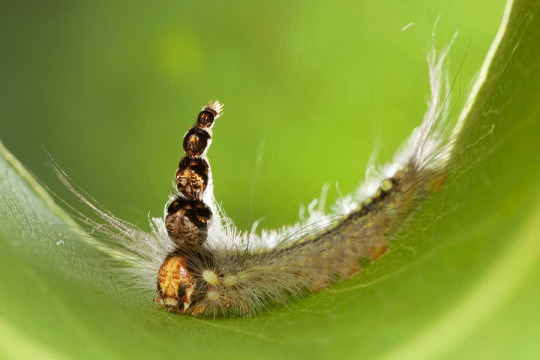
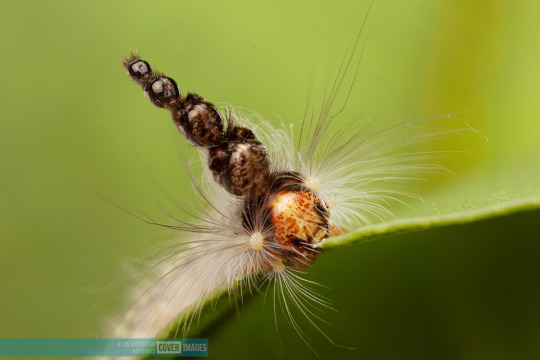
meet the gum-leaf skeletonizer (Uraba lugens), which is a caterpillar that stacks its old moulted heads on top of its current head! it's also known as the mad hatterpillar. they use their heads as a defence mechanism, and they can stack up to six or seven heads!
newscientist | newsweek | bbc science focus
photos: alan henderson (minibeast wildlife au) | alan henderson
#terrestrial#earthposting#facts!#bugblr#entomology#science#nature#biology#zoology#moth#new zealand#australia#invertebrates#arthropods#insects#caterpillars#moths#gum leaf skeletonizer#earth fact no. 18
12 notes
·
View notes
Text
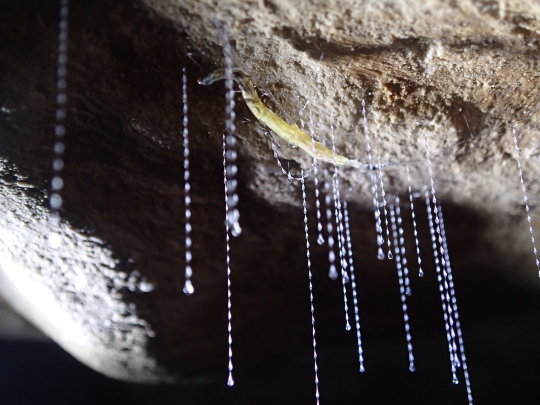

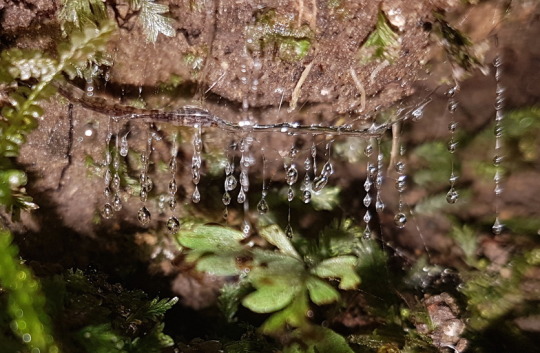
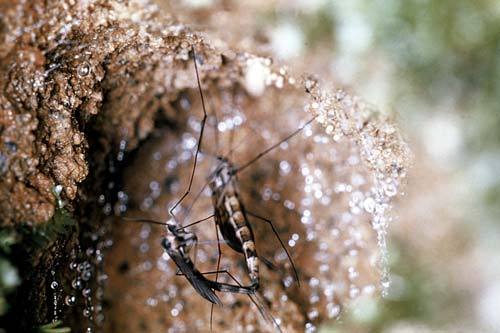
Glow Up with the New Zealand Glow Worm
Not technically a worm, the New Zealand Glow worm, or titiwai (Arachnocampa luminosa), is a species of fungus gnat found only in New Zealand. The distinctive larvae are only found in caves, particularly those with pools of water, while adults are more commonly found near the entrance of the caves in open, brush areas and wetlands; anywhere dim and moist.
The New Zealand glow worm begins its life as one of about a hundred eggs in a clutch. They hatch about 20 days after being laid and emerge in their larval form, between 3-5 mm (0.11-0.19 in) long. They immedietly begin to build 'nests' on the cave wall or roof. These nests are made of dozens of droplets of mucus strung together into long, sticky strands. The titiwai worm then produces a series of bioluminescent chemicals in its rear end. The lights, refracted off the strings of mucus, attract insects including adults of their own species and ensnares them for the glow worm to haul in and eat.
Individuals spend 6-12 months this way, growing until they're about 30-40mm (1.19-1.57 in). They then pupate for a period of several weeks, and females continue to emit light. This attracts males, who wait on the pupa for the female to emerge. Pupation takes several weeks and usually ends in the winter, when they emerge as sexually mature adults. The adult form is about 17 mm (0.66 in) long and resembles mosquitoes, with a dark, thin body. Their last 3 or 4 days are spent mating and, in the case of females, laying eggs. Most adults are eaten by predators like spiders, wasps, birds, bats, and larval A. luminosa, and those that don't eventually starve to death.
Conservation status: The IUCN has not rated A. luminosa, and no data is available on their populations. However, much of their habitats are protected as past of parks and tourist destinations.
If you like what I do, consider leaving a tip or buying me a ko-fi!
Photos
Victoria Dorrer
Museum of New Zealand Te Papa Tongarewa
The University of Waikato Te Whare Wānanga o Waikato
George Gibbs
#new zealand glow worm#diptera#Keroplatidae#fungus gnats#gnats#flies#insects#arthropods#caves#wetlands#scrubland#oceania#new zealand#animal facts#biology#zoology
192 notes
·
View notes
Text
Remember bird of the year? There are some absolutely delightful creatures in bug of the year and I am struggling to choose. I really like the knobbled weevil because it’s called the knobbled weevil, but check out how pretty the puriri moth is.
41 notes
·
View notes